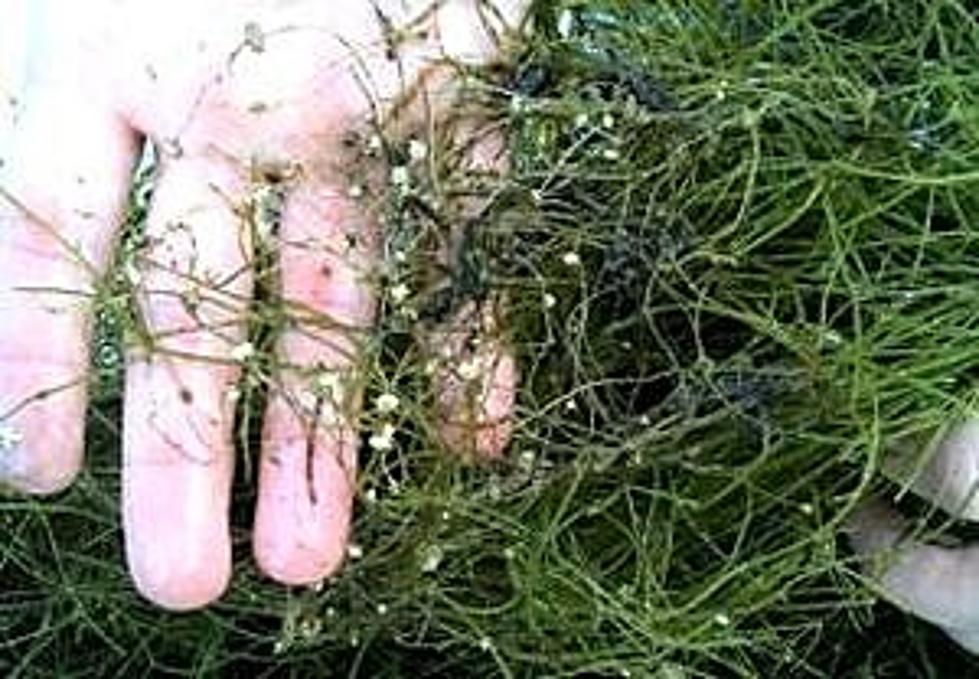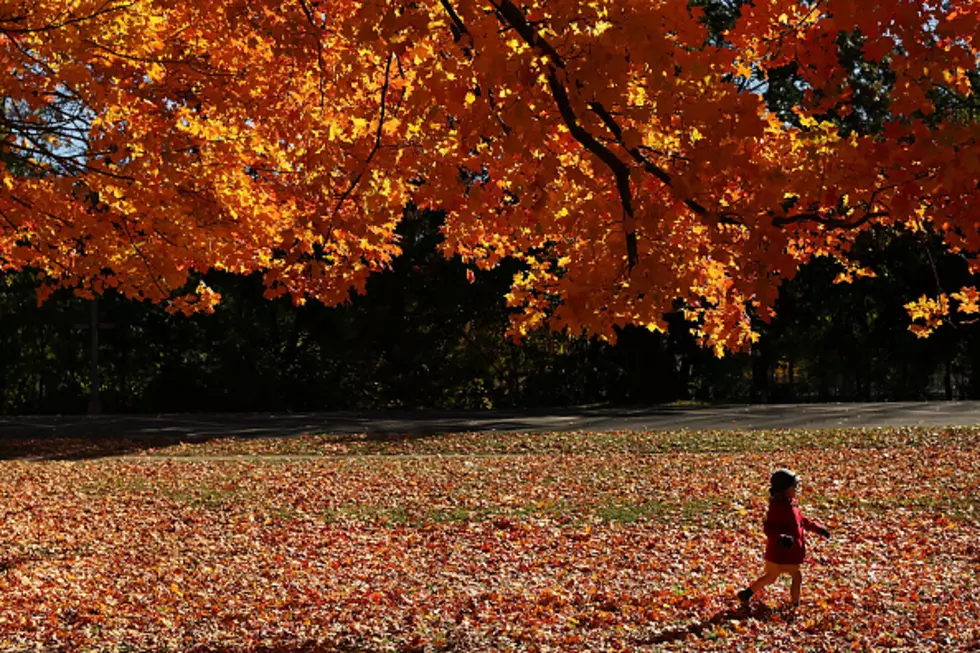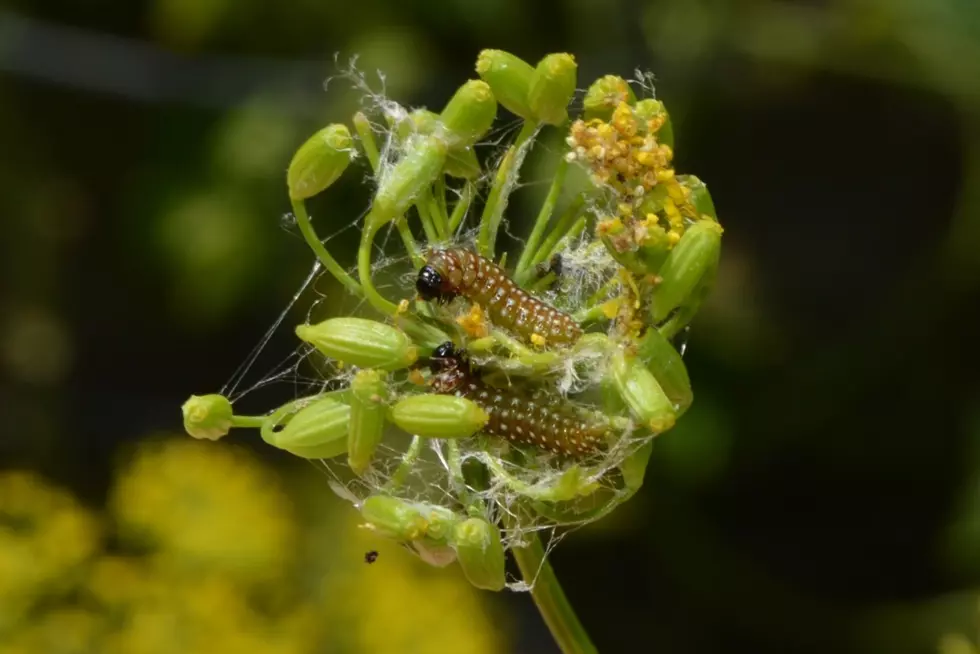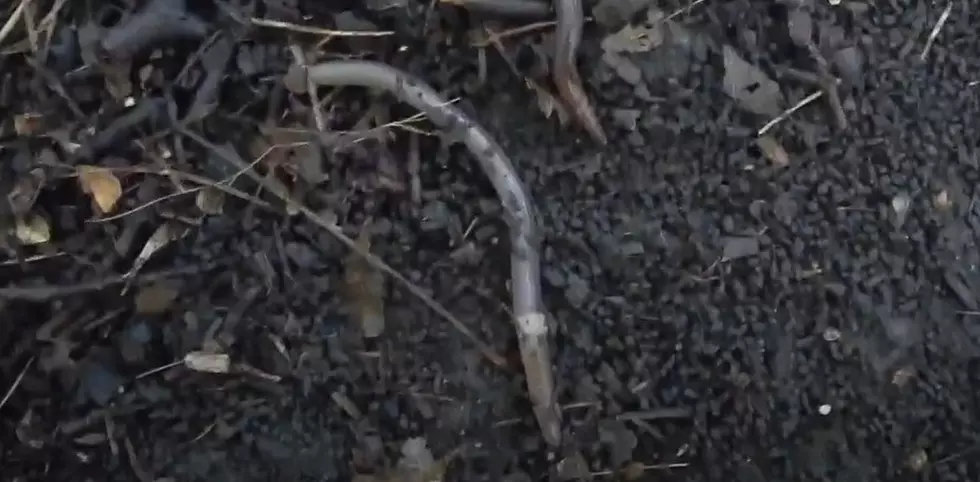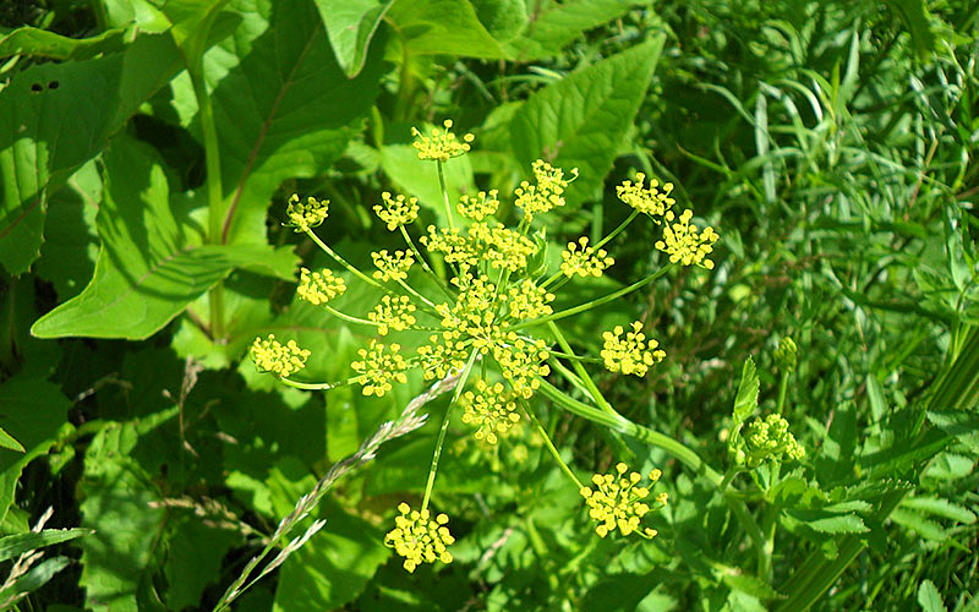
Invasive Species Is Spreading Across Minnesota + Can Cause Serious Skin Burns
There's an invasive specie that is extremely dangerous and can cause severe burns in humans. It's relatively unknown to most Minnesotans as it hasn't been around that long.
We all know about poison ivy and poison oak. These plants cause painful rashes. However, the newest toxic plant can be even worse.
Wild Parsnips were first discovered in Minnesota in the 1990s. Growing up as a kid, I had never heard of them and I just discovered them the other day. Thankfully it was from an awareness ad and not first-hand experience.

These plants grow to around 4 feet high. The Minnesota Department of Natural Resources has tips on how to identify it.
Touching the flower alone won't cause immediate injury. It's when the sap of the plant gets on your skin and then is exposed to sunlight. Imagine if you were a vampire and the sun burns you. That's what happens in this case. The term is called phytophotodermatitis.
Wild Parsnips usually grow in low, brushy areas. Ditches, abandoned fields, and along forest edges are common places. The invasive plant does not thrive in the shade. It spends its first year as a leafy clump on the ground. The next year it stems up, flowers, blooms, and dies.
It slowly invades an area, but if left unchecked it can then progress to a rapid spread. If you attempt to remove the plant, make sure you wear protective gear and wash it off immediately after use. Some herbicides also are effective.
You can report to the DNR if you find Wild Parnsips. Spread the word to your family and friends that may not be aware this is thriving in Minnesota.
LOOK: Here Are 30 Foods That Are Poisonous to Dogs
More From 96.7 The River
